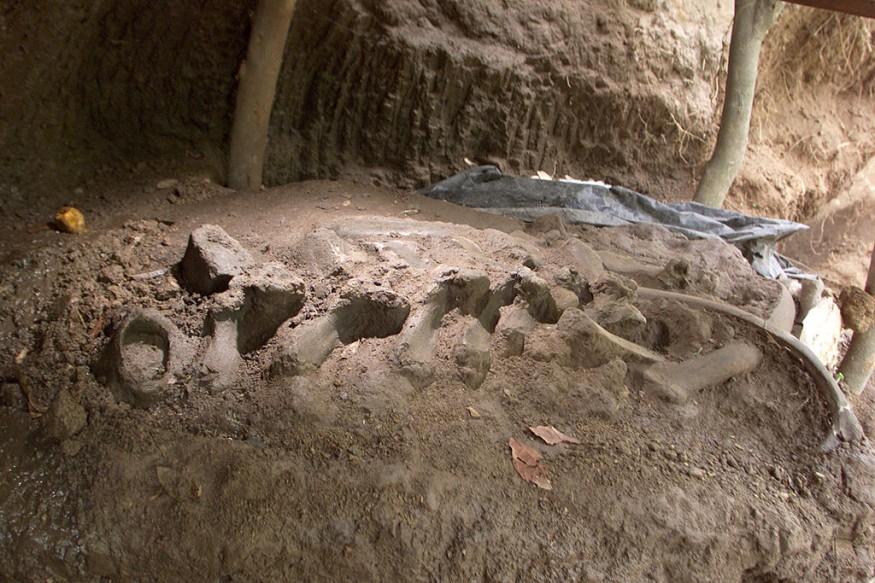The timeline of human arrival in South America has been extended to approximately 25,000 years ago, thanks to an unexpected source of evidence: bones from an extinct giant ground sloth that were fashioned into pendants by ancient humans. These sloth osteoderms, discovered at the Santa Elina rock shelter in central Brazil, possess small holes that could only have been created by humans.
The discovery is detailed in a recent publication, titled "Evidence of Artefacts Made of Giant Sloth Bones in Central Brazil Around the Last Glacial Maximum" published in the journal Proceedings of the Royal Society B, which provides some of the earliest known evidence of human presence in the Americas.

Ancient Humans Likely Arrived in Multiple Waves in the Americas
Recent research has challenged the traditional belief that humans reached the Americas only around 15,000 years ago via the Bering land bridge. The discovery of ancient sloth bone pendants in central Brazil is shedding new light on human presence in the region.
The sloth bone ornaments were originally found at the Santa Elina rock shelter around 30 years ago, the Associated Press News reported. This study marks the first comprehensive analysis of the pendants, excluding the possibility that they were crafted long after the sloths' extinction.
The international team of researchers determined that the pendants were created within a few days to a few years after the sloths' deaths before the materials had fossilized. Natural abrasion and alternative explanations were ruled out.
The giant ground sloths, once prominent in South America, reached lengths of 10 to 13 feet and weighed over a thousand pounds. This discovery adds to mounting evidence challenging the notion of a single migration wave over the Bering land bridge, suggesting the possibility of multiple waves of human migration to the Americas. While the findings are significant, they may also face scrutiny as the debate continues.
READ ALSO : Ancient DNA Reveals Early Humans From China Migrated to the Americas and Japan During the Ice Age
Purpose of the Sloth Bones Pendant Remains Unclear
The recent discovery of sloth bone pendants in Brazil challenges existing notions of human migration to the Americas, prompting a reevaluation of previous assumptions, says Mirian Liza Alves Forancelli Pacheco, an archaeologist and co-author of the study from the Federal University of Sao Carlos.
Thais Rabito Pansani, a paleontologist and co-author from the same university, noted that these sloth bone pendants were likely used for personal adornment, based on their shape and the large number of osteoderms.
Mírian Pacheco, a paleontologist and co-author of the study, told Live Science in an email that it is challenging to determine the exact significance these artifacts held for the occupants of Santa Elina. The existence of multiple osteoderms, on the other hand, may have inspired the construction of specialized objects, such as pendants.
The findings demonstrate the diverse ways in which ancient people utilized sloth remains, indicating potential interactions between humans and sloths during the Last Glacial Maximum, according to Matthew Bennett, a geologist from Bournemouth University.
However, further exploration of unexplored rock shelters and caves in Brazil is crucial for uncovering additional evidence related to human arrival in the Americas.
RELATED ARTICLE: New Bacteria Study Tracks Early Human Migration From Siberia Into the Americas
Check out more news and information on Paleontology in Science Times.
© 2025 ScienceTimes.com All rights reserved. Do not reproduce without permission. The window to the world of Science Times.










